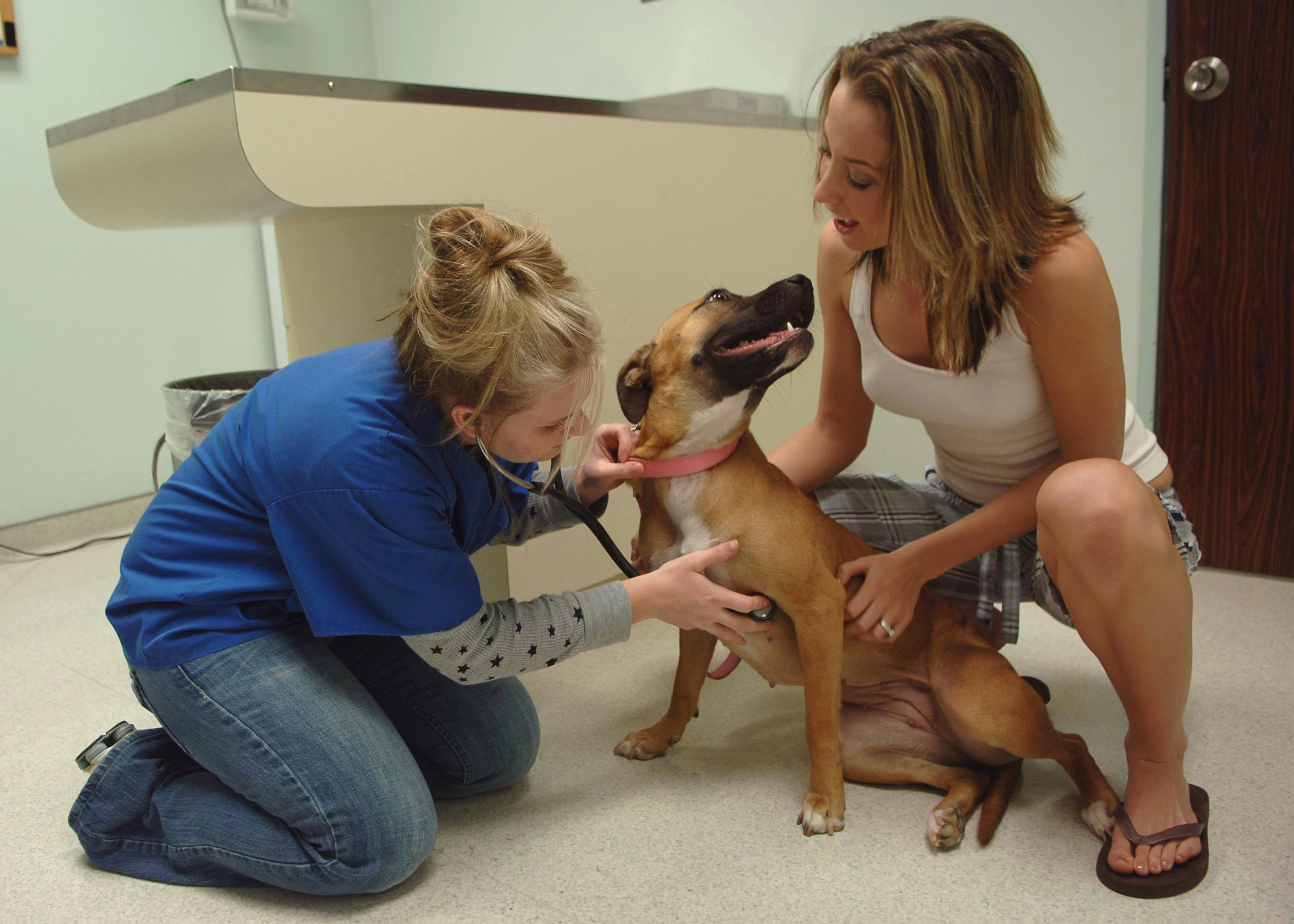Canine Distemper
Source: American Veterinary Medical Association
Canine Distemper
Source: American Veterinary Medical Association
This article is 8 years old. It was published on October 31, 2016.

Canine distemper is a contagious and serious disease caused by a virus that attacks the respiratory, gastrointestinal and nervous systems of puppies and dogs.
The virus can also be found in wildlife such as foxes, wolves, coyotes, raccoons, skunks, mink and ferrets and has been reported in lions, tigers, leopards and other wild cats as well as seals.
How is canine distemper spread?
Because canine distemper also impacts wildlife populations, contact between wild animals and domestic dogs can facilitate the spread of the virus. Canine distemper outbreaks in local raccoon populations can signal increased risk for pet dogs in the area.
What dogs are at risk?
All dogs are at risk but puppies younger than four months old and dogs that have not been vaccinated against canine distemper are at increased risk of acquiring the disease.
What are the symptoms of canine distemper?
Initially, infected dogs will develop watery to pus-like discharge from their eyes. They then develop fever, nasal discharge, coughing, lethargy, reduced appetite, and vomiting. As the virus attacks the nervous system, infected dogs develop circling behavior, head tilt, muscle twitches, convulsions with jaw chewing movements and salivation (“chewing gum fits”), seizures, and partial or complete paralysis. The virus may also cause the footpads to thicken and harden, leading to its nickname “hard pad disease.”
In wildlife, infection with canine distemper closely resembles rabies.
Distemper is often fatal, and dogs that survive usually have permanent, irreparable nervous system damage.
How is canine distemper diagnosed and treated?
Veterinarians diagnose canine distemper through clinical appearance and laboratory testing. There is no cure for canine distemper infection. Treatment typically consists of supportive care and efforts to prevent secondary infections; control vomiting, diarrhea and neurologic symptoms; and combat dehydration through administration of fluids. Dogs infected with canine distemper be separated from other dogs to minimize the risk of further infection.
How is canine distemper prevented?
Vaccination is crucial in preventing canine distemper.
-
A series of vaccinations is administered to puppies to increase the likelihood of building immunity when the immune system has not yet fully matured.
-
Avoid gaps in the immunization schedule and make sure distemper vaccinations are up to date.
-
Avoid contact with infected animals and wildlife
-
Use caution when socializing puppies or unvaccinated dogs at parks, puppy classes, obedience classes, doggy day care and other places where dogs can congregate.
-
Pet ferrets should be vaccinated against canine distemper using a USDA-approved ferret vaccine.
-
Department:
Animal Care and Control
-
Topic:
Pets and Animals
1 comment from someone like you has helped us improve this page. Keep the feedback coming!